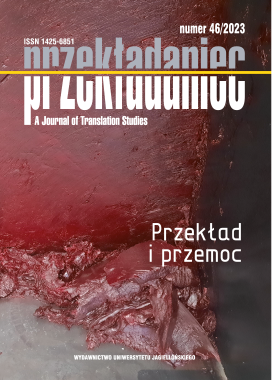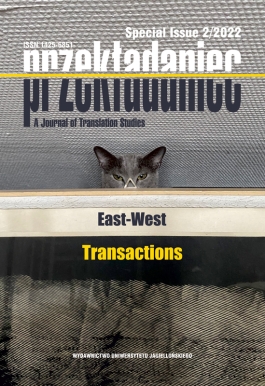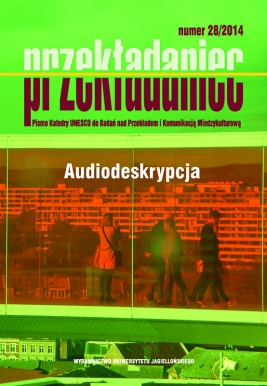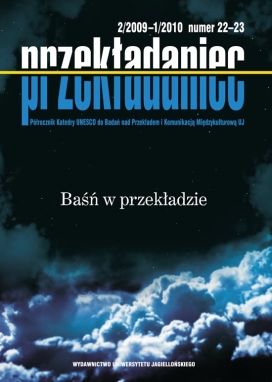In Translation, That Is, Between Languages
Poets, but also writers of prose (especially poetic prose), who compose in France, Spain,
Italy, Slovenia, Bosnia and Herzegovina, Serbia, Greece, Bulgaria, Hungary, Germanspeaking
countries, Poland, Russia and the former Soviet Union, Estonia, Finland,
Norway and the Netherlands “should be particularly compelling for English-language
readers.” This opinion, which cannot be undermined, guides John Taylor, an American
critic, writer and translator, on the journey of discovery. His sixty-three essays, articles
and reviews (published between 1981 and 2008 in, e.g., the TLS, Yale Review, Antioch
Review, Poetry or Absinthe) do not aspire to exhaustiveness; instead, they signpost
readerly experience, but also ignorance which needs to be overcome, hopefully by
means of translation. With this aim in mind, Taylor assembles his compendium entitled
Into the Heart of European Poetry, where he presents authors who have earned his
love and respect; those who share certain philosophical and religious premises as well
as pursuits: “the exploration of the quotidian (not just facts and routines, but its very
essence), the search for the ‘thing-in-itself’ (and the corresponding anxiety of being
hopelessly separate from both the material world and imaginable transcendent realms),
the grappling with such dichotomies as subjectivity and self-effacement, presence
and absence, or negativity and affi rmation, as well as the examination of ‘origin’ and
uprootedness as categories that are as ontological as they are geographical, historical,
political, sociological, or cultural.” More signifi cantly, the 405 pages of this anthology
celebrate particularity and multilinguality. Taylor, who “as a product of the American
public school (...) had studied not a single foreign language at the time, except a bit
of Latin,” has since lived in Germany, Greece and France, and has translated from the
Greek and French. Therefore, his collection gives testimony to the resourcefulness of
translators: those named and those (yet) unnamed. As we read, spatial “in-betweenness”
transforms into linguistic “in-betweenness” – somewhere between English and
the original we arrive at comprehension, however partial. “In-translation” is indeed
a special case of “in-betweenness.”











.jpg)





























































